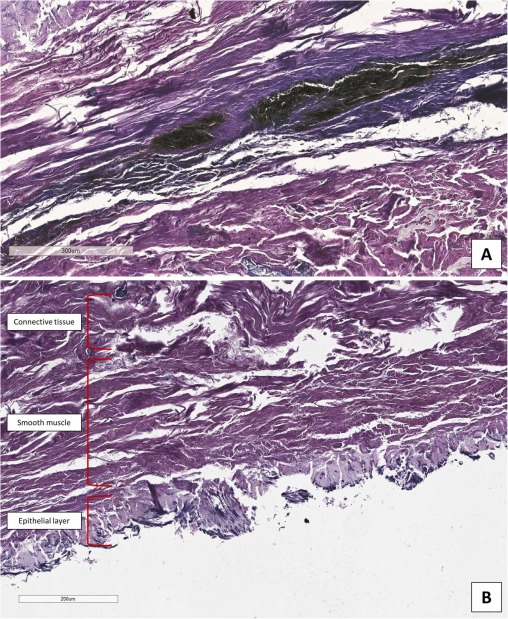
Histology of pulmonary tuberculosis in a 19th-century mummy from Comiso (Sicily, Italy)
DESCRIPTION
Abstract
Objective
The aim of this study is to investigate potential evidence of tuberculosis in mummified remains.
Materials
The natural mummy of an anonymous friar from the mortuary chapel of the church of Santa Maria della Grazia in Comiso (Sicily)
Methods
The mummy was studied through macroscopic examination; tissue sampling was conducted through breaches in the dorsal surface of the thorax. Radiological, histological and immunohistochemical analyses were performed on the pulmonary parenchyma.
Results
The mummified remains are those of an adult male approximately 25–45 years old. In the left lung, 7 intra parenchymal calcified nodules were detected. The fibrocalcific nodules showed some lacunae surrounded by fibrous tissue containing amorphous necrotic, most probably caseous, material.
Conclusions
These findings are compatible with a chronic infectious-inflammatory disease, likely a calcification of a previous Ghon complex of an apical nodular tuberculosis.
Significance
Our study supports the great spread of the disease in the 19th century; a time when it reached its maximum peak in Europe.